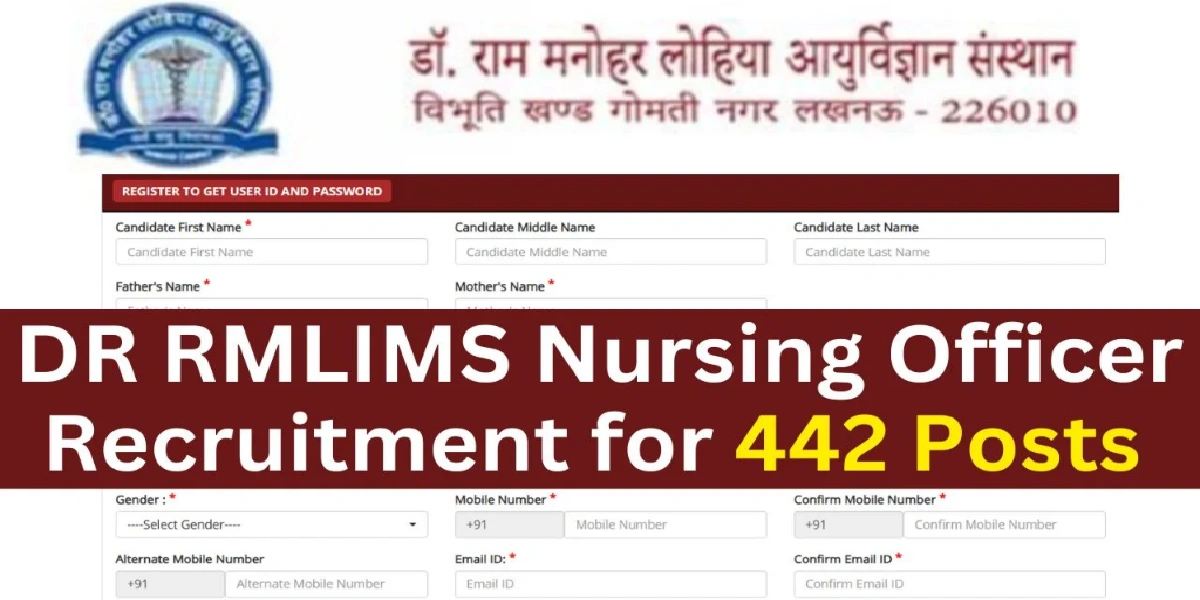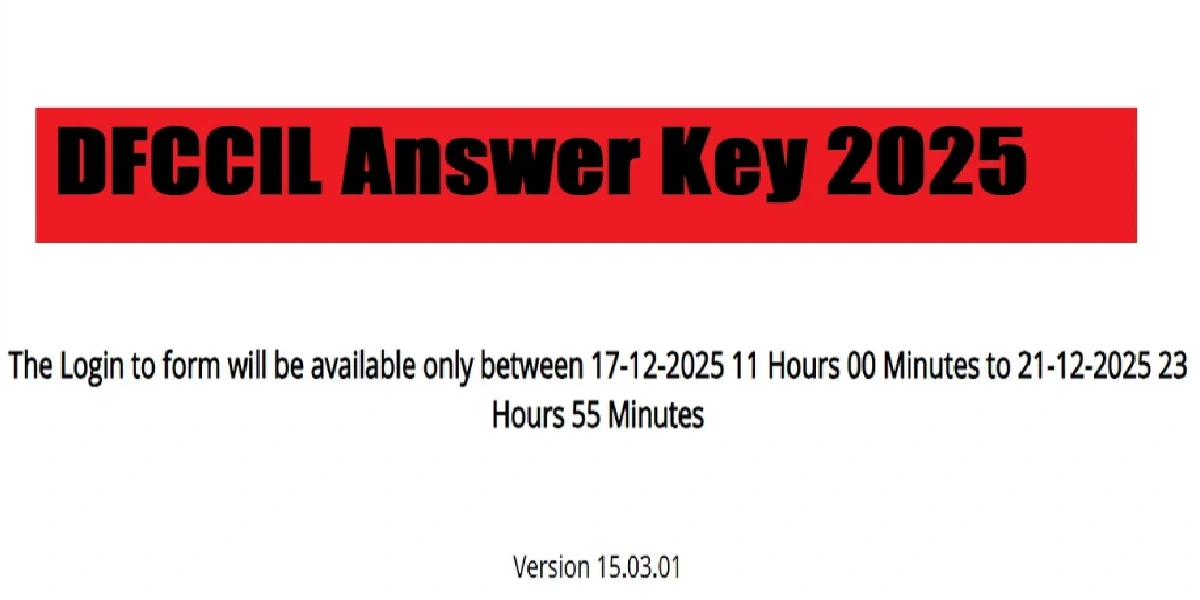Liquid Penetrant Inspection
Liquid penetrant inspection is used on nonporous metal and nonmetal components to find material discontinuities that are open to the surface and may not be evident to normal visual inspection. The dye penetrant method is frequently used for the detection of surface breaking flaws in non-ferromagnetic materials. The basic purpose of penetrant inspection is to increase the visible contrast between discontinuity and its background.
Penetrant inspection will detect such defects as surface cracks or porosity. These defects may be caused by fatigue cracks, shrinkage cracks, shrinkage porosity, cold shuts, grinding and heat treat cracks. Penetrant inspection will also indicate a lack of bond between joined metals.
Principle : Dye Penetrant Inspection
Penetrant solution is applied to the surface of a pre-cleaned component. The liquid is pulled into surface-breaking defects by capillary action. Excess penetrant material is carefully cleaned from the surface. A developer is applied to pull the trapped penetrant back to the surface where it is spread out and it forms an indication. The indication is much easier to sec than actual defect.
In this method, the surfaces to be inspected should be free from any coatings, paint, grease, dirt, dust, etc. Therefore, the surface should be cleaned with an appropriate way. Special care should be taken not to give additional damage to the surface to be inspected during cleaning process.
Penetrant materials come in two basic types:
Type 1 – Fluorescent penetrants: They contain a dye or several dyes that fluoresce when exposed to ultraviolet radiation.
Type 2 – Visible penetrants: They contain a red dye that provides high contrast against the white developer background. Fluorescent penetrant systems are more sensitive than visible penetrant systems because the eye is drawn to the glow of the fluorescing indication. However, visible penetrants do not require a darkened area and an ultraviolet light in order to make an liquid penetrant inspection.
The visible penetrant kit consists of dye penetrant, dye remover emulsifier. and developer. The fluorescent penetrant inspection kit contains a black light assembly as well as spray cans of penetrant, cleaner and developer. Commercially available cans of liquid penetrant dyes with different colors are used to reveal the surface defects. The role of the developer is to pull the trapped penetrant material out of defects and spread it out on the surface of the part. So, it can be seen by an inspector. Developers used with visible penetrants create a white background. So, there is a greater degree of contrast
between indication and surrounding background.
Steps used in the testing
(a) The weld surface is cleaned with alcohol and let surface dry for 5 minutes.
(b) The liquid penetrant spray is applied to the surface and brush for further penetration and wait for 20 minutes.
(c) The surface is wiped with a clean textile and subsequently remover spray is applied to remove excess residues on the surface and wait for a few min.
(d) Apply the developer spray at a distance of about 30cm from the surface. The developer will absorb the penetrant that infiltrated to the surface features such as cracks, splits, etc., and then it is reacted with it to form a geometric shape: which is the negative of the geometry of the surface features from which the penetrant is sucked.
(c) The polymerized material may be collected on a sticky paper for future valuation and related documentation, if needed.
Advantages : Liquid Penetrant
- It is highly sensitivity (small discontinuities can be detected).
- Few material limitations (metallic and nonmetallic, magnetic and nonmagnetic, and conductive and nonconductive materials may be inspected).
- Rapid inspection of large areas and volumes.
- It is suitable for parts with complex shapes.
- Indications are produced directly on the surface of the part and constitute a visual representation of the flaw.
- It is portable (materials are available in aerosol spray cans)
- Cost is low (materials and associated equipment are relatively inexpensive).
Limitations
- The defect must be open to the surface in order to let the penetrant get into the defect.
- Only materials with a relatively nonporous surface can be inspected.
- Pre-cleaning is critical since contaminants can mask defects.
- The inspector must have direct access to the surface being inspected.
- Surface finish and roughness can affect inspection sensitivity.
- Multiple process operations must be performed and controlled.
- Post cleaning of acceptable parts or materials is required.
- Chemical handling and proper disposal is required.






